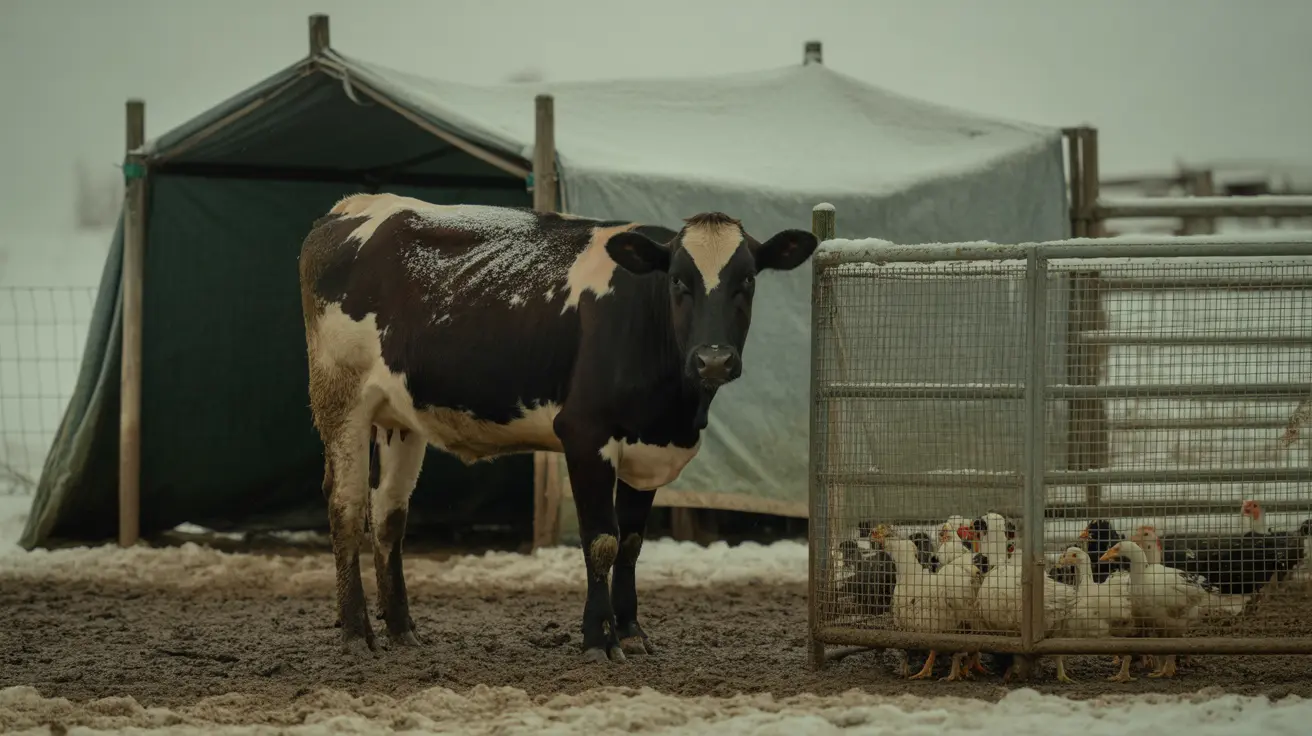The Most Toxic Substances Cats Can Ingest: What Every Cat Owner Must Know
Cats are curious creatures with a tendency to explore their surroundings by sniffing, pawing, and sometimes nibbling on unexpected items. While this behavior is often harmless, it can become deadly when toxic substances are involved. Among the many dangers lurking in homes, one stands out as the most lethal to felines:
lilies.
Why Lilies Are Extremely Dangerous for Cats
Lilies from the Lilium and Hemerocallis species (including Easter lilies, Tiger lilies, Daylilies, and others) are considered the most toxic plants for cats. Even small exposures can be fatal.
- Ingestion of just a small part, such as a leaf or even the pollen, can lead to acute kidney failure.
- Symptoms such as vomiting, lethargy, loss of appetite, and dehydration can begin within a few hours.
- Without immediate veterinary care, a cat can die within 3 to 7 days of exposure.
Other Common Toxic Foods for Cats
While lilies are considered the most dangerous, there are several other foods and substances that can pose serious risks, including:
- Onions and garlic: These can damage red blood cells, leading to anemia.
- Chocolate: Contains theobromine and caffeine, both of which are toxic to cats.
- Grapes and raisins: Even small amounts can cause kidney failure in some cats.
- Alcohol: A small amount can cause severe liver and brain damage.
- Xylitol: A sugar substitute found in many gums and candies, which can cause insulin release and liver failure.
Non-Food Substances That Are Highly Toxic
Cats may also encounter non-food substances that can be just as harmful:
- Essential oils: Tea tree oil, peppermint oil, and others can cause tremors and liver damage.
- Household cleaners: Bleach, disinfectants, and laundry pods can cause burns or poisoning.
- Human medications: Pain relievers like acetaminophen and ibuprofen can be lethal.
- Rodenticides and insecticides: Exposure can cause seizures and even death.
Recognizing Signs of Toxicity
Every cat reacts differently, but typical signs of poisoning include:
- Vomiting or diarrhea
- Lethargy or unusual behavior
- Drooling or panting
- Difficulty breathing
- Tremors or seizures
If you notice any of these symptoms and suspect your cat may have ingested something harmful, seek veterinary care immediately.
Preventing Accidental Poisoning
To keep your cat safe:
- Keep harmful plants out of your home: Avoid lilies and other known toxic plants.
- Store foods and medicines securely: Use child-proof containers if necessary.
- Read labels: Make sure cleaning products and essential oils are pet-safe.
- Educate household members: Everyone should be aware of common hazards.
What to Do in Case of Ingestion
If your cat has ingested a toxic substance:
- Try to identify the substance and quantity.
- Do not attempt to induce vomiting unless directed by a veterinarian.
- Contact your vet or an animal poison control center immediately.
- Bring a sample of the toxin or its packaging for identification.
Conclusion
While many things in our homes seem harmless, they can pose serious risks to feline health — with
lilies being the most toxic item a cat can ingest. Understanding these dangers and taking proactive measures can literally mean the difference between life and death for your beloved pet. Stay informed, stay cautious, and always consult a vet when in doubt.





